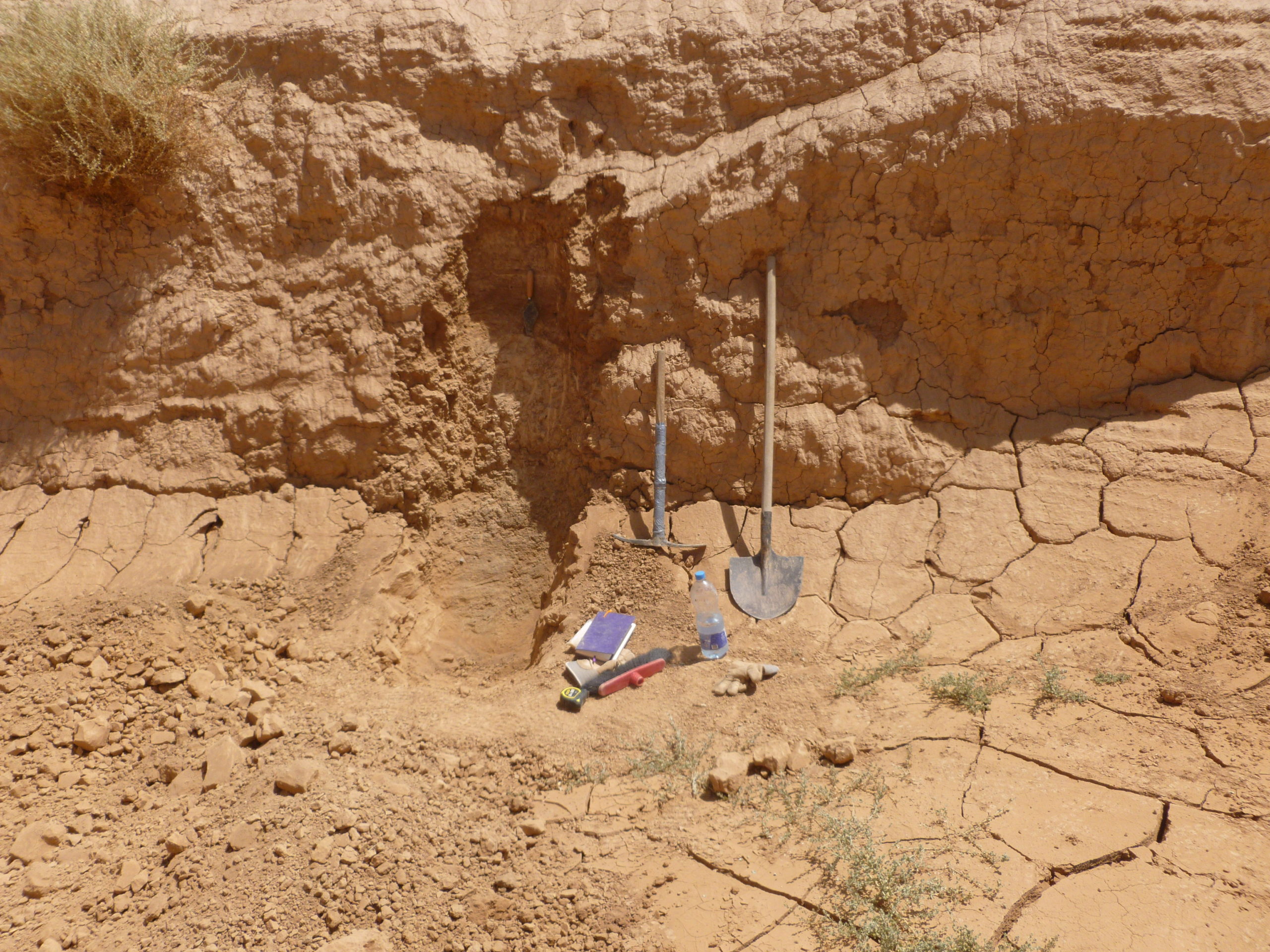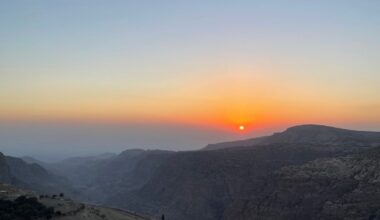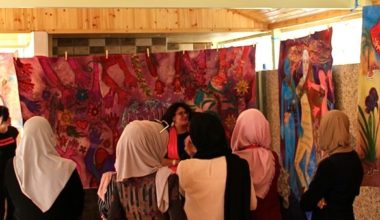
By Dr Matthew Jones, CBRL Team-based grant recipient (2018-19), CBRL Chair of Research and associate professor at the University of Nottingham.
The eastern Jordanian landscape is beautiful. In mid-summer it can be a harsh place to work, but a beautifully harsh place to work. It has been a real privilege to be able to spend time there, literally off the beaten track, in recent years as part of the Eastern Badia Archaeological Project (EBAP) directed by Yorke Rowan, Gary Rollefson and Alex Wasse.

Fieldwork at these sites is a significant logistical challenge, with everything that is required for the work and for living, including water in the case of Wisad, needing to be driven out to the desert at the beginning of each season and packed up and taken back to Amman at season’s end. It certainly adds to the challenges of the work!
My own focus as part of the wider project is investigating the potential evidence for early and mid-Holocene environments in and around the Wadi al-Qattafi and the Wisad Pools, two key sites of early Holocene occupation in the eastern Jordanian desert.
We’ve been undertaking geomorphological mapping and collecting, and then analysing back in the labs in Nottingham, the sediment archive preserved at both these locations, to allow us to build up a picture of how the hydrological setting of these sites has changed in time, and especially to try and establish how different this might have been 8000 years ago compared to present.

Both sites are near to a qa, basins that seasonally fill with water from winter rains that run through the wadi. There are suggestions in the wider region that rainfall was higher in the early Holocene and it will be interesting if we can find evidence of this in these locations, or if the silt that fills the basins today was elsewhere in the landscape at these times. The project team are currently in the process of writing up our first paper looking at these questions so I don’t want to give too much away here!
What we can say for now is that our initial work suggests that the early Holocene landscape of eastern Jordan was characterised by more vegetation than is seen in the region today, with basins that could potentially hold more water than they can at present, but we continue to develop the evidence to test these hypotheses.
The landscapes and sediments of eastern Jordan are beginning to tell an exciting story to go alongside the amazing archaeological finds from the excavated sites and we hope to be able to share more of those stories soon.
Thanks to all those colleagues that have been part of the EBAP field teams over the past few years and especially to the Department of Antiquities in Jordan and our colleague Wesam Esaid.
Matt Jones is Associate Professor in Quaternary Science in The School of Geography and Future Food Beacon of Excellence at the University of Nottingham. Matt’s primary research interests are in reconstructing past water availability and people’s interaction with this. He has a geographical research focus of Southwest Asia. Since the award of this grant Matt joined the CBRL board and is currently the CBRL’s Honorary Research Chair.
The views expressed by our authors on the CBRL blog are not necessarily endorsed by CBRL, but are commended as contributing to public debate.













